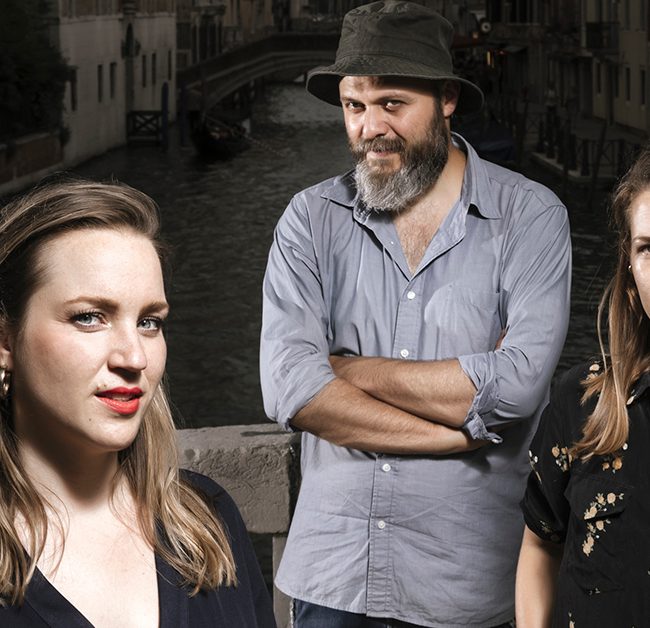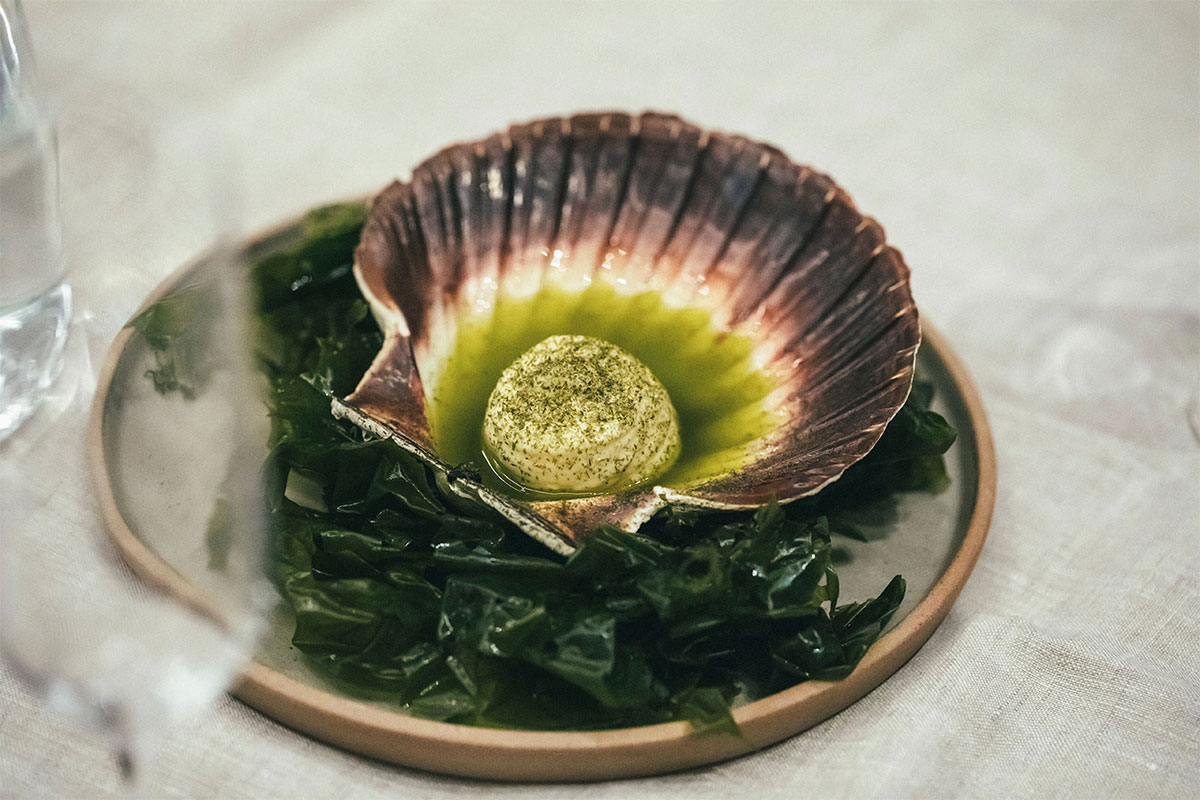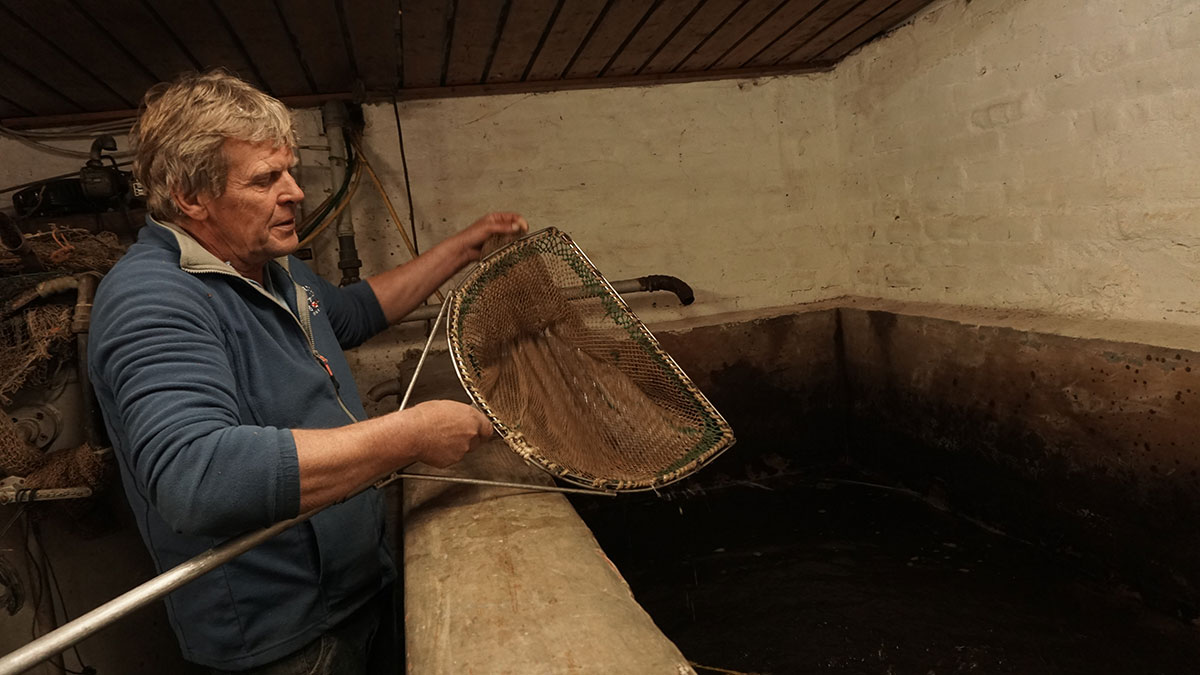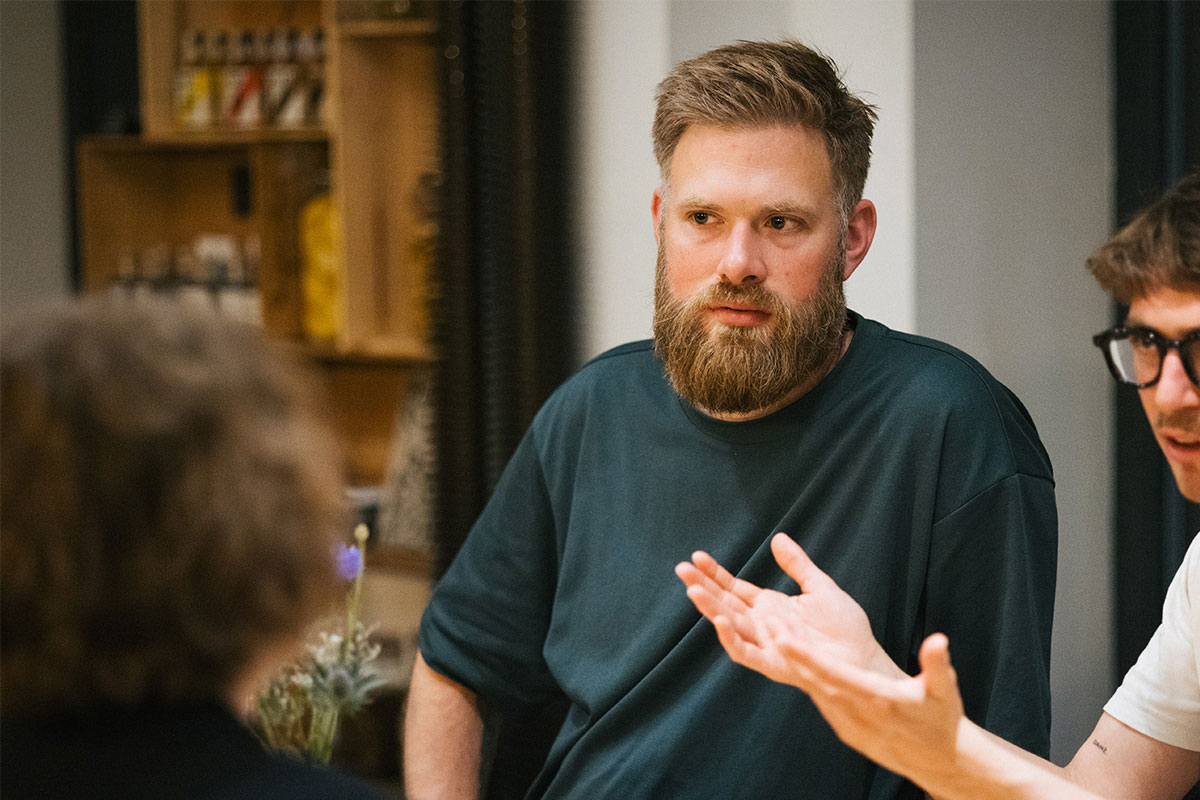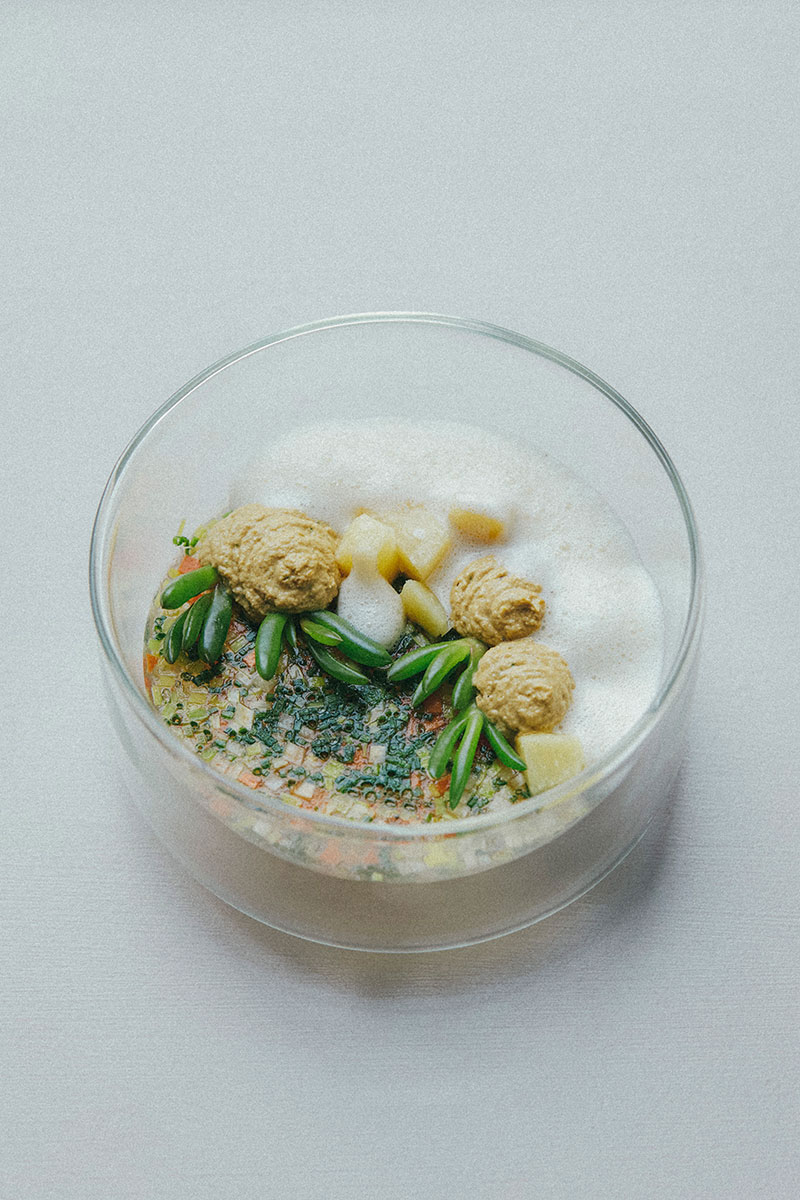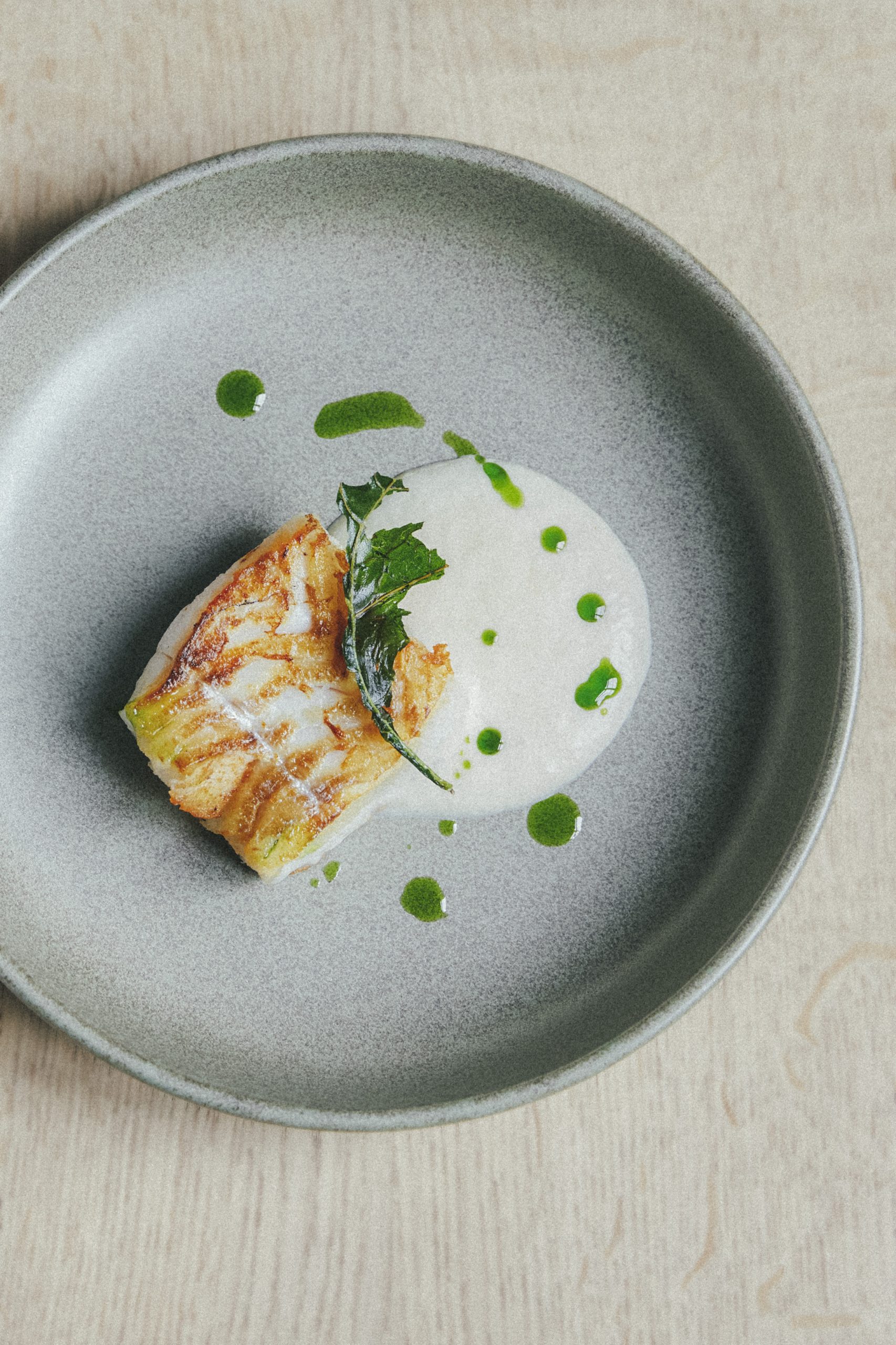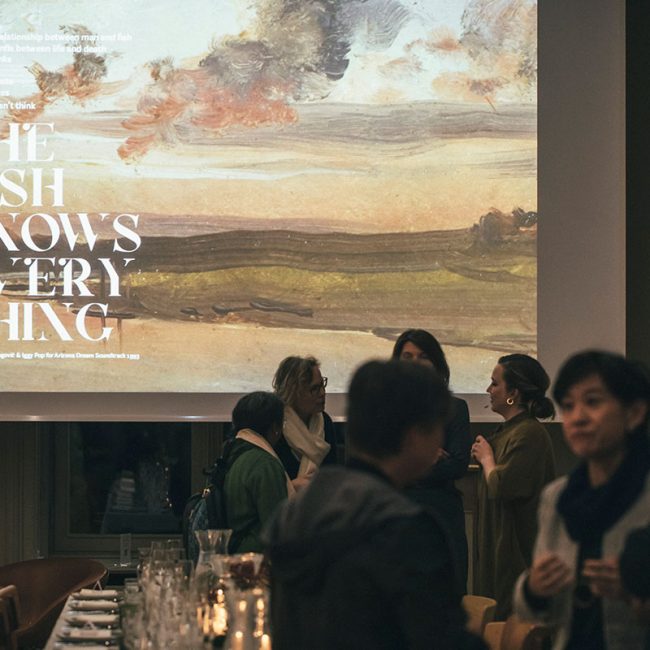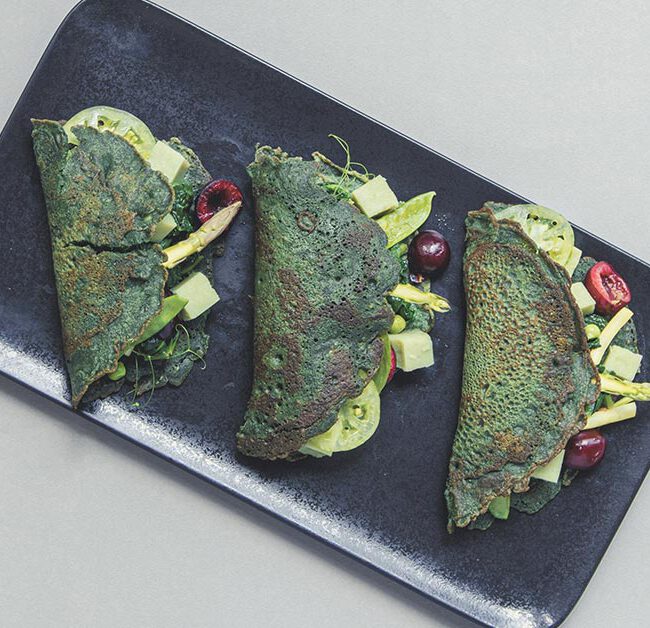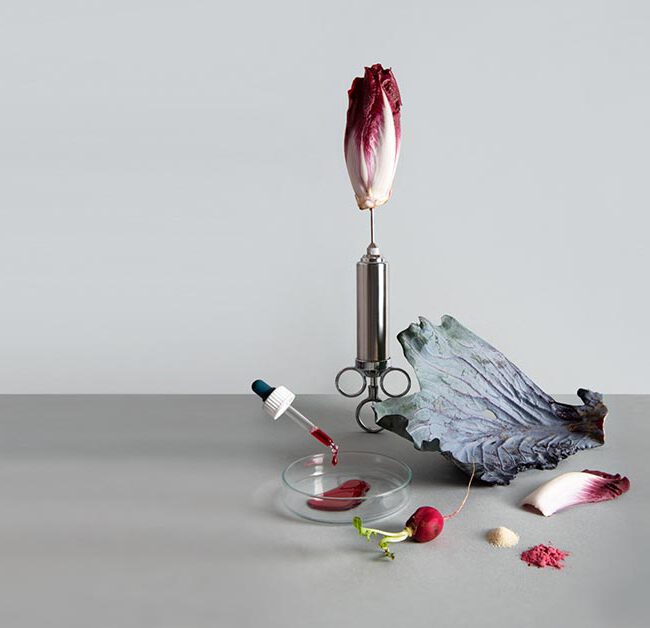A dramatic relationship between man and fish
The man stands between life and deat
The man thinks
The fish is mute
Expressionless
The fish doesn’t think
The fish
knows
every thing
Lyrics by Goran Bregović & Iggy Pop for Arizona Dream Soundtrack 1993
The ongoing project The Fish Knows Everything
is directed at exploring, mapping and visualizing the interdependent relationships between the human and more than human beings and entities and the effects of the changing environmental conditions in very specific, amphibian localities; in the case of Hamburg, directed at a 25 KM part of the Elbe River near the dam of Geesthacht.
Here, methods of speculative gastronomy are utilized to address the existential challenges of climate change, pollution and toxicity, global warming, and of the mass extinction of non-human species, through the act of eating. While these phenomena are by-products of industrial modernity and human activity, their consequences unfold at scales so far beyond our individual comprehension that they remain eerily abstract. But even if we struggle to grasp their full intensity, we co-exist with their impact daily. Through speculative gastronomy we ignite a rethinking of our relationship with the environment by transforming these abstract qualities into the humanly comprehensible, sensorial realm of food.
Therefore, the conclusion of this chapter in the project is expressed as a menu, a dinner event and a lecture.
As the story unfolds various personalities appear; First the river Elbe themselves, followed by the local fisherman Eckhard Panz, whose family has been fishing this part of the river for 400 years; the fishmonger Sebastian Baier, who is a binding factor between the fisherfolks and those who eventually eat the fish; the nearly extinct European Eel, the invasive Hairy Mitten Crab, the for-sportfishing-released European Cat Fish and the – nowadays unpopular as a food-fish – Common Carp.
Eckhard Panz
is one of the last 5 Elbe fishermen. In 1597 his great grandfather was issued the fishing rights of the Elbe, from Geesthacht to shortly after Lauenburg, and his family has been fishing this part of the river for over 400 years now. At the age of 6 years old, he would set out eel traps to make some extra pocket money. Over the years he has seen and physically experienced the ecological changes that the river has been going through. Additionally, his family has kept records of their daily catch for the last 400 years. I imagine we therefore could regard him as a living ecological archive of sorts. A custodian of traditional ecological knowledge, a Speaker for the Living. Even today, he still fishes by putting out nets in the water and collecting whatever got trapped into the nets overnight. He fishes for everything the river has to offer but mainly pike perch, eel, crabs and the occasional catfish.
Sebastian Baier
comes from a family of fishmongers, and took over the business from his father. He exclusively buys fish from trusted fishermen who maintain sustainable and regenerative fishing practices, from the north of Europe. He is committed to buying all fish that mister Panz catches, in an attempt to keep his fishing practice, and with that, his legacy alive. Because of this, he took upon himself the task to put these fish on the culinary map, and by doing so, on menus throughout Hamburg. He became a pioneer in how to treat these strange catches and experiments with dry ageing, curing, enzymatic preparations and smoking.
Menu The Fish Knows Everything
‘A Madeleine for Anguilla Anguilla’ / Eel
The Eel (Anguilla Anguilla) is likely the world’s most mysterious, non-binary, intercontinentally-migrating, salt- and sweet water creatures. Shortly after birth, each individual travels over six thousand kilometers from the Sargasso Sea to get to Europe, where it once found paradise. Endless wetlands, muddy streams and free flowing rivers. These days, the baby glass eels find heavy pollutants, deepened, fast-flowing rivers and water management structures that are often impossible to overcome. Entering their wetland territories around Hamburg has become virtually impossible because of human interference. Ever since the introduction of the dams, and the deepening of the river, which causes the water flow to speed up, resulting in lack of oxygen and resting or hunting territory, the eel population in the Elbe has dropped roughly 90 percent.
Being aware of their population decline, a direct and logical thought would be to not put them on the menu. However, local and regenerative fishing practices beg to differ; their preservation efforts, their acts of care, of relocating glass eel (infantile eels of 6-8 cm) into safer waters are directly linked to the tradition of eating smoked eel. The complex dynamic of their clientele funding their activist endeavors, and their desire to fish and smoke them as a continuation of traditional food culture, result in a prolific eel-smoking business. Their understanding is, if eel vanished off the menu, people will completely forget about them and, as a result, they will disappear in the waters too.
The taste of smoked eel is deeply rooted in the collective memory of those living in Northern Europe. With this dish, we wish to tap into this memory in the hopes to remind them of their beloved fishy friend and of the urgency to care them. The dish is a play on a classic in the traditional cuisine of Hamburg, the Aalsuppe. Our version comes with a strong flavor of eel, by using its fats and other remains from the smoking process for the broth, but the actual fish is nowhere to be found.
The title of the dish is a play on Marcel Proust’s madeleine.
‘A Madeleine for Anguilla Anguilla’ / Eel
‘Ravioli in Brodo’ / Chinese Hairy Mitten Crab
Nowadays (2021) half of the total catch of Eckhard Panz is Chinese Hairy Mitten Crabs, an invasive crab species which came in through global shipping routes and are now colonizing all rivers in Northern Europe, including the Elbe. The crab became his ‘breadfish’, if it wasn’t for the crab, he says he would have had to put down his nets long ago. The culinary interest for these crabs comes from the Chinese community living in Germany, since in China these crabs are regarded as a delicacy. They buy them in bulk but for private use only; the crab does still not appear in the menus in Asian restaurants around Hamburg. In the last few years, an interest from the Chinese market for these crabs started a new trade route of shipping these crabs to China. As the rivers where the species originate from are now too polluted to be fished for human consumption, the German-Chinese hairy mitten crabs have gained their culinary interest.
However, the unfamiliar ingredient barely takes root in the traditional cuisine of Germany. While traditional cuisine is widely understood as unchangeable, as static, it has never been. Not even the trusted potato originates from Germany. Perhaps we can understand traditional cuisine as ever changing and continuously developing, just like the world around us is too. And by doing so, supporting the ecological balance in the waters surrounding us.
The culinary application of the crabs in the context of Hamburg follows its ambition; to eat them well before spawning season. The consequential lack of roe or meat in the crabs, combined with the desire to use many of them, makes them suitable for broths. For the dish, we propose a ‘Ravioli in Brodo’ as a wink to the German sentiment for the ‘exotic’ flavor from their Italian holidays, which resulted in canned ravioli hitting the supermarket shelves shortly after the Second World War.
‘Ravioli in Brodo’ / Chinese Hairy Mitten Crab
‘Buckwheat Blini’ / Common Carp
Native, non-native, neobiota, archaeobiota, alien, invasive, new native, endangered, extinct. The labels we give are abundant, but what does it mean, and what are the consequences of this choice of vocabulary for our understanding of these species?
Archaeobiota are non-native species. However, species who acquired this label were introduced into the local ecological systems before 1492, before ships returned from the ‘new world’ full of exotic foods. Before this date new species were introduced, for example, through trade with the Romans or the beginning of agriculture in the Neolithic period. In the case of the carp, it appears that through Roman trade with Asia the carps were introduced as a food fish in basins, from which they escaped and spread out into the European rivers. Humans have been fishing and eating them for centuries. In Hamburg the Carp was a common main course for Christmas, most likely after it inhabited the family bathtub for days to shed its muddy taste.
Nowadays however, they are very unpopular as a food fish, exactly because they are associated with a muddy taste and poorer times. The carp is being replaced by fish that are more known and appreciated, but simultaneously farmed or fished in environmentally harmful manners, such as salmon or cod. Fishmonger Sebastian Baier wishes to alter the perception of carp and cured a carp belly as one would cure a pork belly, creating a delicate, slightly salty product with a hint of fish flavor. We wonder about our value perception of these fish, and if we could alter that through these delicate preparations.
We decided to serve a flashback to the eighties, where champagne and caviar stood for luxury, abundance and prosperity in the West. A variation on the buckwheat blini, with sour cream but instead of caviar we present it with a slice of cured carp.
‘Buckwheat Blini’ / Common Carp
‘In Butter We Trust’ / European Catfish
After the fall of the Berlin wall and the reunification of Germany, in the early nineties, many natural restoration projects were initiated in an attempt to clean up the pollution, and restore fish population, in the Elbe River. One of these efforts was the ‘reintroduction’ of the European Catfish, which was received with great excitement by many sports fishers. They introduced 1000 young catfish of about 2 kilo each. At the time, many fishermen disagreed with release, argueing that the Catfish is not native to the river.
Fast forward almost 30 years later, in 2020 fisherman Eckhard Panz fishes a record sized catfish of 2.10 meter which ignites the discussion once more. Upon request he dove into his family fishing records, only to conclude that in the 400 years of family history in fishing, there was never a catfish caught before 1993, suggesting the fish simply did not exist in the river before this introduction.
Native or alien might be a topic of debate, the catfish these days being labeled as an invasive species is not. As a top rank predator these fish are on average 60 to 150 cm, with large exceptions measuring up to 2.70 meter, they eat a lot of other species on the daily and this influences the stock of smaller fishes. Or, as mister Panz mentions ‘I have nothing against my colleague here, but he eats my eels.’ Now catfish is not considered as a food fish, only as a trophy fish for recreational anglers. But we humans could consider becoming its predator and explore its culinary potential.
Fishmonger Sebastian Baier became a pioneer in how to treat this strange catch and decided to dry age the catfish. After cleaning the fish, Baier lets these fish hang in a fridge for two to three weeks at +1 degree, and let them mature in peace. After three weeks, the fish is completely odorless. The water is out of the fish, the fat, the proteins have started to decompose, the fish is now tender, has a great consistency and is refined to the best degree. And becomes a suitable substitute for the popular, but overfished Cod. We serve this as a recognizable German staple, with potato cream and kale.
‘In Butter We Trust’ / European Catfish




